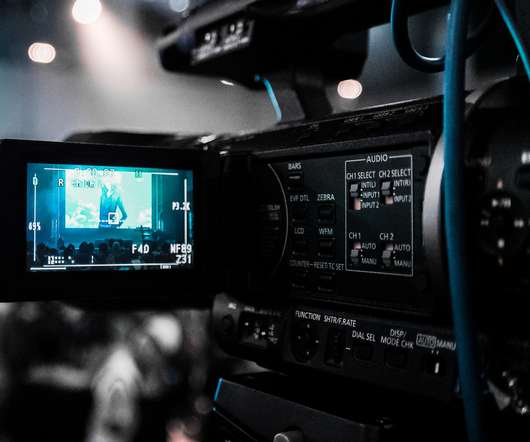6 Video Marketing Tips For Nonprofits
NonProfit Hub
AUGUST 19, 2020
Storyboard It Out. Conducting research will help you develop an idea, after which it’s important to sketch it out in a storyboard. Don’t Forget Audio. Once you’re actually into the production stage, don’t forget to get quality audio for your video. A great, free resource for background music is the YouTube Audio Library.


















Let's personalize your content